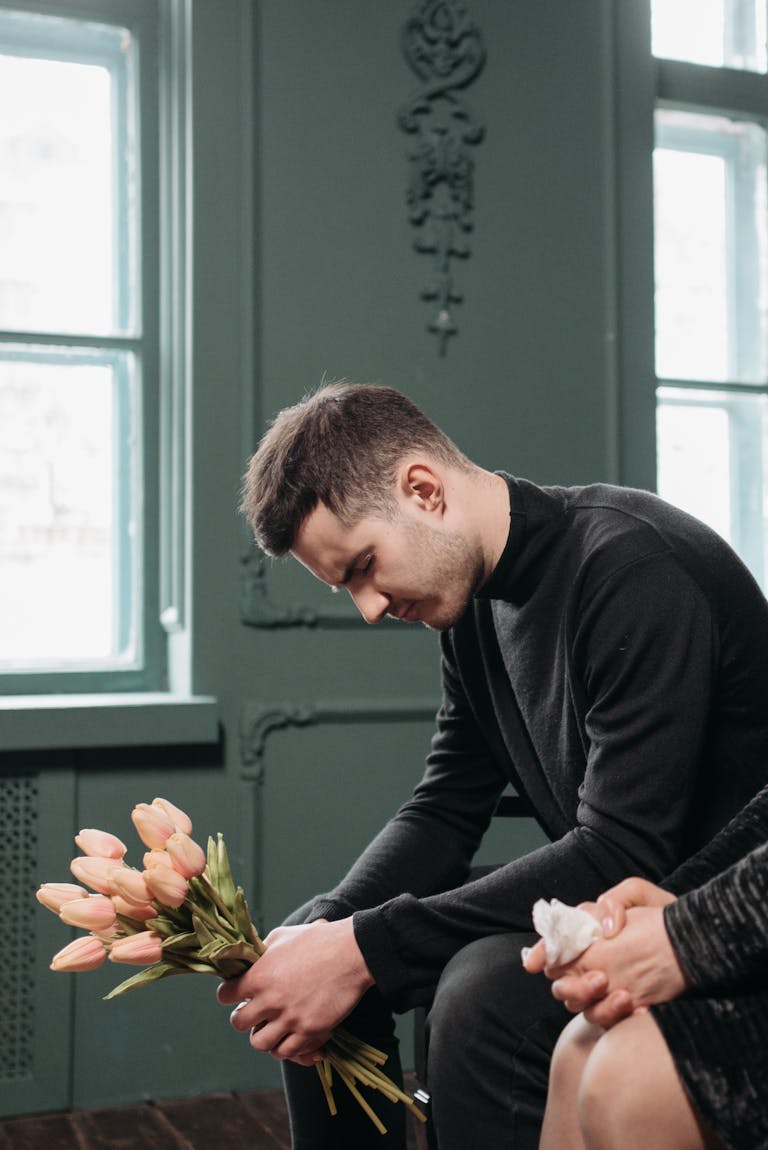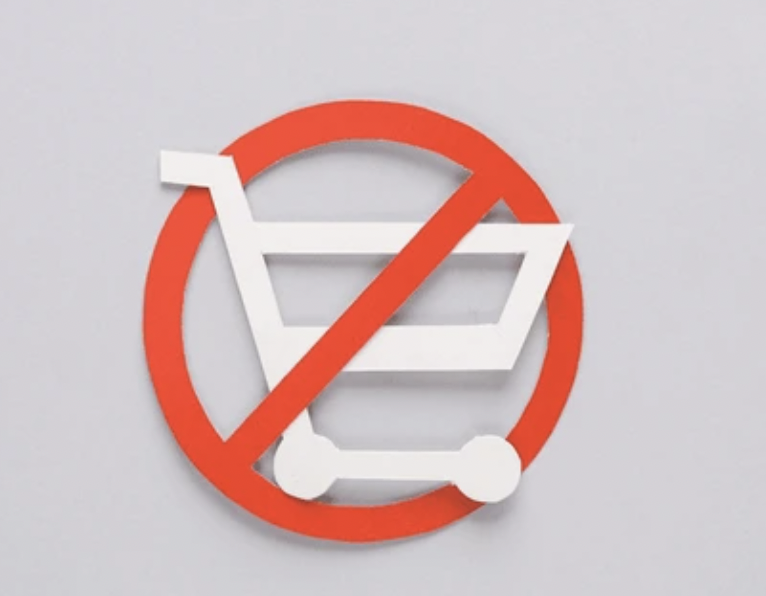The Nostalgia Boom: Why We Keep Looking Back to Move Forward
The past has never felt so present. Y2K fashion is back on the streets. Old sitcoms are trending again. Vinyl records, flip phones, and film cameras are being embraced by a generation that wasn’t even born when they first came out.
This isn’t just a retro revival. It’s a cultural reset. In 2025, nostalgia is everywhere, not as an escape, but as a tool for navigating a world that often feels too fast, too fragile, and too digital to hold onto.
So why exactly are we so obsessed with the past? And what does it say about how we’re feeling now?
The Comfort of Familiar Things
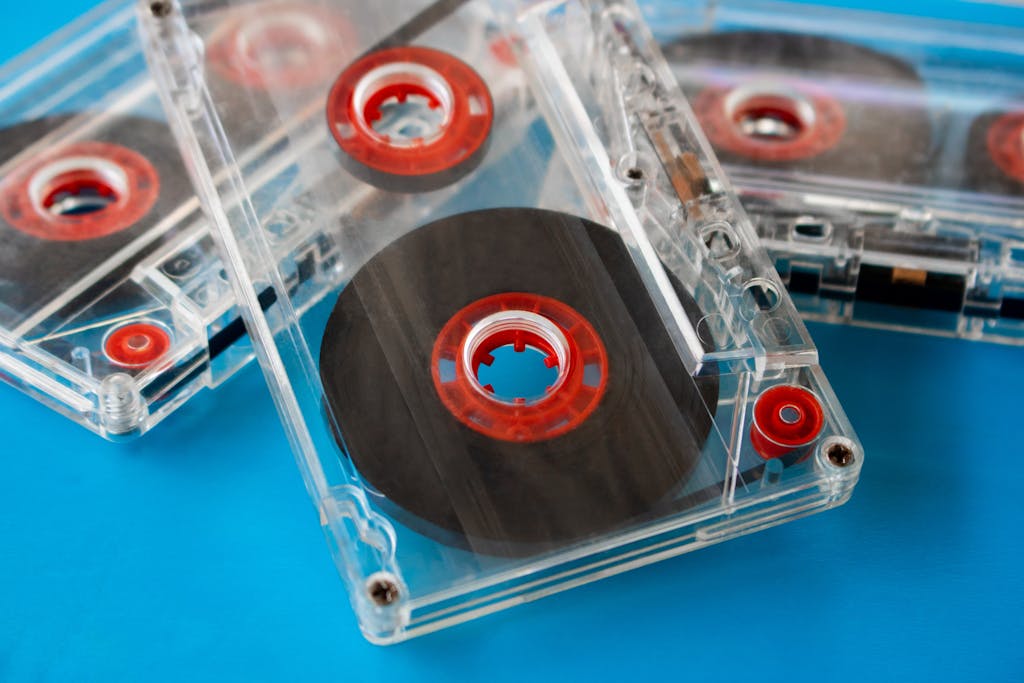
We turn to nostalgia when reality feels uncertain. In a time shaped by economic anxiety, social fragmentation, and an overstimulating digital landscape, the past becomes a form of emotional shelter.
Nostalgia isn’t about going backward, it’s about reaching for something familiar when the present feels hard to process.
From fashion to media, we’re seeing a shift:
- Runways are filled with baggy jeans, claw clips, and baby tees
- Old sitcoms and movie reboots dominate streaming
- Early 2000s digital cameras are replacing curated iPhone photo dumps
- Vintage styles now signal individuality more than trend-following
In short, we’re craving texture in a smooth, fast, and filtered world.
Faster Cycles, Deeper Longing
The nostalgia cycle used to span 20–30 years. Now? We’re revisiting trends from five years ago. The algorithm thrives on emotional triggers and nostalgia is one of the strongest.
What’s changed is how quickly we loop back. Reboots and revivals come at the speed of a scroll. We aren’t just reminiscing, we’re repackaging the past into content.
Fashion houses are responding with hyper-curated “retro” drops. Designers are referencing the past and building entire collections around childhood aesthetics and teen culture. And the results are resonating, especially with Gen Z.
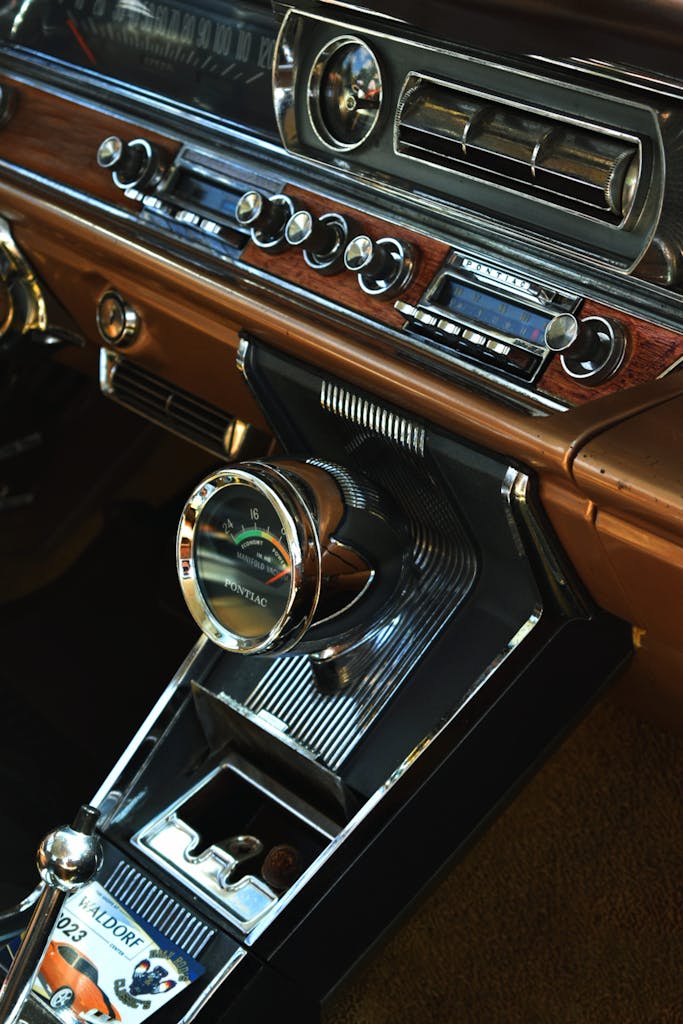
Vogue Business notes that Gen Z’s obsession with retro isn’t just about aesthetics. It’s about autonomy. In a high-pressure world, nostalgia offers play, softness, and self-expression.
The Emotional Layer
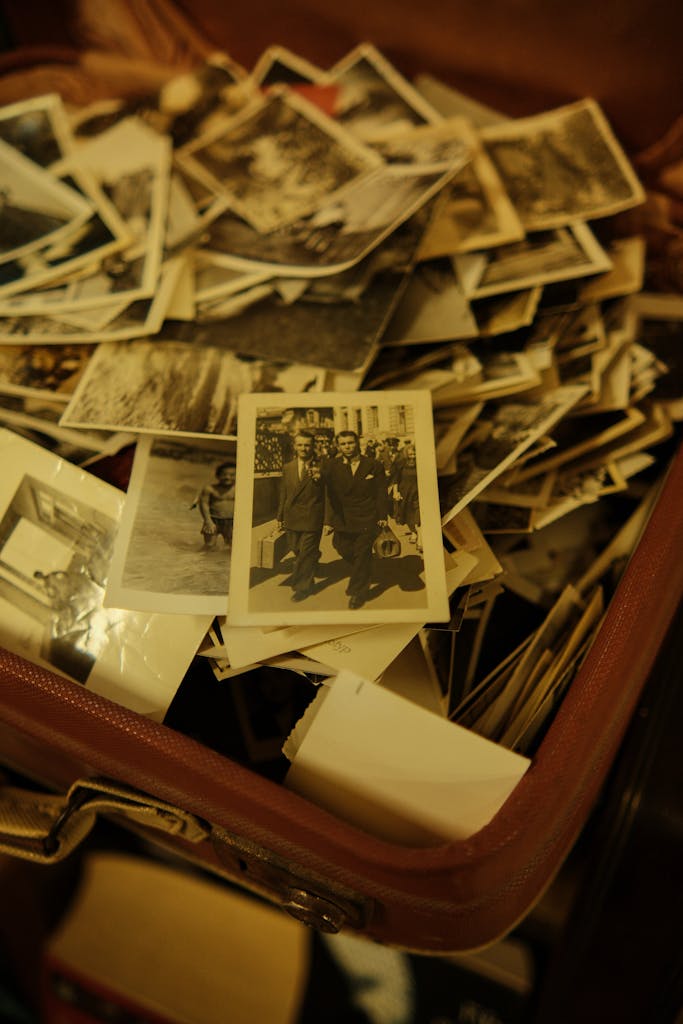
At its core, nostalgia isn’t visual, it’s emotional. It’s the smell of an old perfume. A ringtone you forgot you remembered. A photo that reminds you of who you were before everything got so complicated.
We’re not just longing for the styles of the past. We’re longing for the feelings:
- Life before constant notifications
- Friendships that weren’t mediated through apps
- Fashion choices made without the pressure to perform
In a world flooded with now, nostalgia brings then back into focus, and with it, a bit of softness.
So… What Do We Do With It?
The question isn’t whether nostalgia is good or bad. It’s what we do with it.
Used mindfully, nostalgia helps us reconnect with what matters: identity, belonging, memory. But used passively, it can trap us in a loop of surface-level trends and curated throwbacks that never move us forward.
For creators and brands, it’s a powerful tool but one that requires intention.
For individuals, it’s a mirror but not a roadmap.

The goal isn’t to live in the past. It’s to take what made it meaningful and carry it forward with more clarity.



